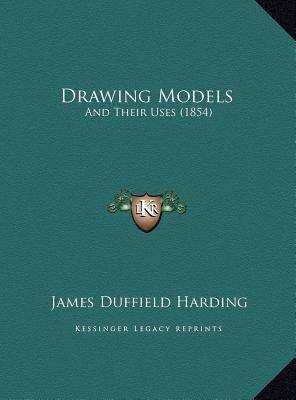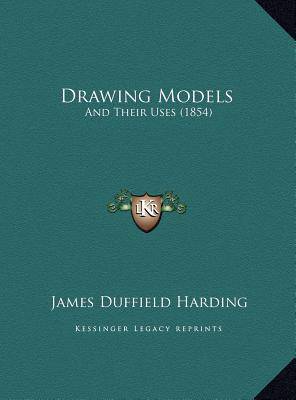
- Afhalen na 1 uur in een winkel met voorraad
- Gratis thuislevering in België vanaf € 30
- Ruim aanbod met 7 miljoen producten
- Afhalen na 1 uur in een winkel met voorraad
- Gratis thuislevering in België vanaf € 30
- Ruim aanbod met 7 miljoen producten
Zoeken
Omschrijving
Drawing Models: And Their Uses (1854) by James Duffield Harding is a comprehensive guide to creating and using models in drawing. The book is divided into two parts, the first of which focuses on the principles of constructing models, while the second part explores the different ways in which models can be used in drawing.In the first part of the book, Harding covers topics such as the use of perspective in model construction, the importance of proportion and scale, and the various materials that can be used to create models. He also provides detailed instructions on how to construct several different types of models, including geometric solids, architectural models, and models of the human figure.The second part of the book is devoted to exploring the many ways in which models can be used in drawing. Harding discusses the use of models for still life drawing, landscape drawing, and figure drawing, and provides numerous examples and illustrations to help readers understand how models can be used to improve their drawing skills.Drawing Models: And Their Uses is a valuable resource for artists of all levels who are interested in learning more about the principles of model construction and the many ways in which models can be used to enhance their drawing skills.This scarce antiquarian book is a facsimile reprint of the old original and may contain some imperfections such as library marks and notations. Because we believe this work is culturally important, we have made it available as part of our commitment for protecting, preserving, and promoting the world's literature in affordable, high quality, modern editions, that are true to their original work.
Specificaties
Betrokkenen
- Auteur(s):
- Uitgeverij:
Inhoud
- Aantal bladzijden:
- 44
- Taal:
- Engels
Eigenschappen
- Productcode (EAN):
- 9781169606197
- Verschijningsdatum:
- 10/09/2010
- Uitvoering:
- Hardcover
- Formaat:
- Genaaid
- Afmetingen:
- 216 mm x 279 mm
- Gewicht:
- 403 g

Alleen bij Standaard Boekhandel
+ 92 punten op je klantenkaart van Standaard Boekhandel
Beoordelingen
We publiceren alleen reviews die voldoen aan de voorwaarden voor reviews. Bekijk onze voorwaarden voor reviews.











